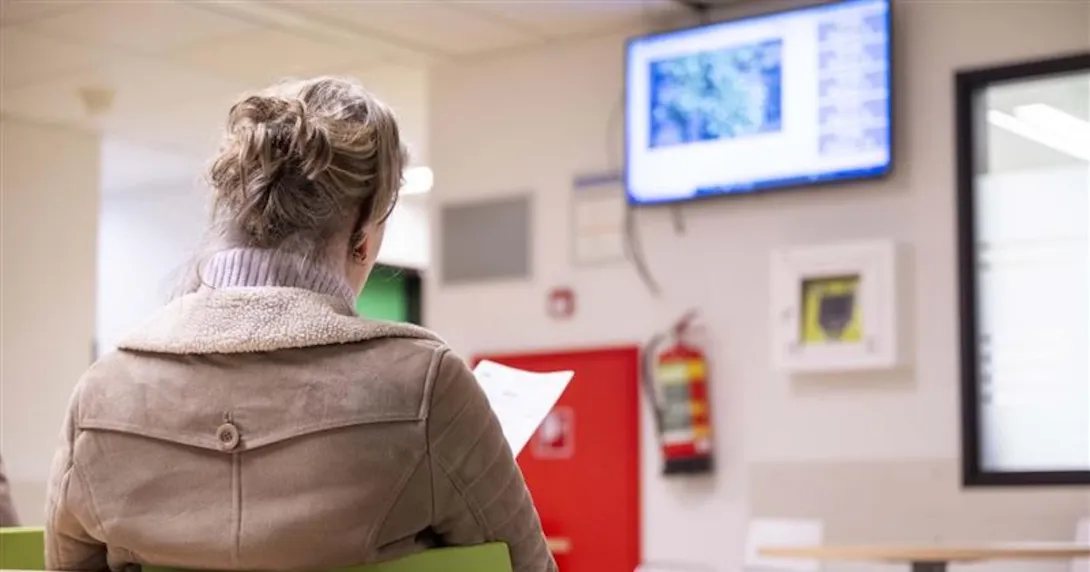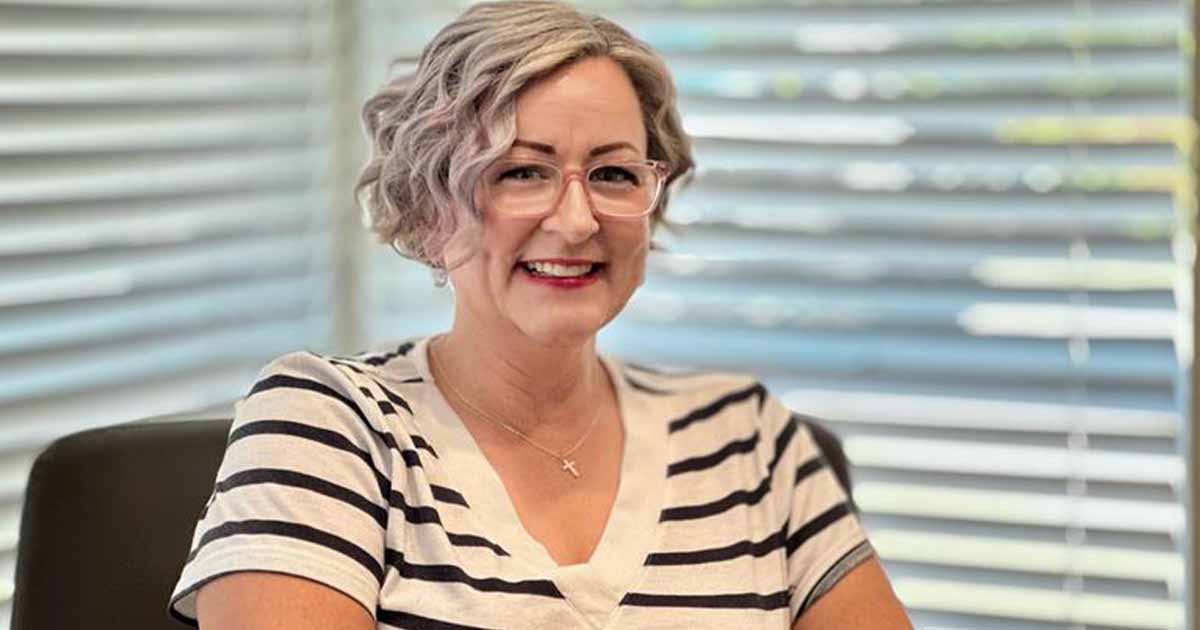Roy Schoenberg, CEO of American Well, discusses his vision for the future of telehealth. Schoenberg heads the company's product development as well as the rest of its operations divisions. Roy and his brother, Ido, who serves as CEO of American Well, have worked together for many years, both as physicians and as entrepreneurs. Roy Schoenberg discusses his path to American Well and his vision for telehealth – whose impact on healthcare could be as dramatic as the one online sales had on the retail marketplace.
What prompted you and your brother to move from providing patient care to forming a telehealth company?
It wasn’t a direct transition. American Well is our third company. At the time, practicing medicine, we both lived in hospital systems, and worked in intensive care units. The first company we formed – a company called MDSoft – was all about computerizing systems. This was many, many years ago. We created a computer system that connected to the different devices in an intensive care unit and collected all the information and tried to interpret it and present it to the physicians and nurses on the floor in a way that made more sense. When you walk into ICU everything is beeping and bleeping at you, and it’s an overwhelming experience of trying to understand what’s going on there. We created a system that consolidates all of that information and make sense out it, and only alerts and only presents information for the provider that needs intervention on. That worked very well. It was a very successful company and sold. So, we did well in that.
[See also: VA taps American Well for telehealth work.]
What about your second company?
The second company that we formed was already a second-generation. This was already the Internet age – the beginning of it. It was a company called CareKey, and that company established the notion of Web-based medical records – essentially what today are called PHRs, portable health records. This was at the time that HIPAA was enacted, and we had a solution over the Web that allowed patients to pretty much control their records and control the dissemination of their information, and luckily for us, all of the health plans out there realized that with HIPAA comes a great burden on them to communicate with patients because patients now have control over their information. So suddenly every plan out there decided they needed to have a patient portal and they needed to have a patient communication strategy that included a different set of tools – over technology, over the Web and telephony and everything else. We were ready with a very mature platform, so that company did well and got acquired by TriZetto.
What is the future of telehealth?
When we think of telehealth, we think, "Here’s a cool video-conferencing that generates convenience for patients. When you take a step back and realize what the significance of telehealth is, then it’s a very different kind of story. Telehealth changes the fundamental paradigm that existed for hundreds of years: If you are a patient and you’re sick, you need to go to where healthcare is to get care. With the introduction of telehealth, we have the ability to reverse that paradigm, and say, "No, if you’re sick, healthcare can come to you where you live, where you work, when you need it, where you need it, under your own terms. Suddenly the healthcare industry is using technology to reach its end consumers. Not unlike the impact of what online retail has done to the retail industry, where it's actually said, "The shops are going to where the buyers are." This is the same impact that you are going to see of this technology on the healthcare industry. It fundamentally changes the reach of that industry and how patients are engaging consumer services.
[See also: American Well brings online care platform Down Under.]
In what ways?
There’s a variety of different applications for this. Many people think of telehealth as, "Here's a way to give patients in rural areas access to healthcare." That’s kind of the low-hanging fruit. The reality is much, much broader. There are patients who live in metropolitan areas who have trouble reaching healthcare because they're elderly or because they have chronic conditions, and they’re homebound. They can’t go to the physician office everyday in order to care for their fluctuating blood sugar levels. And you have oncology patients who are taking chemotherapy and are at home that don’t want to leave their houses. You have a lot of patients who have undergone surgery in the hospital. And because we need to kick them out of the hospital quickly because every day in the hospital is so expensive. they go home for their recovery period, and we know that for the first month of recovery a lot of bad things happen, and our ability to use technology to monitor them and follow up with them at home allows us to prevent readmissions, which is a huge chunk of money that the healthcare system spends – the payer, or the delivery system, whoever it is. There is a whole different world that deals with compliance. If I’m the patient and I’m told I have to adhere to a certain pharmaceutical regimen – and many patients are not compliant –my ability to see that patient on a regular basis in order to make sure that they do follow up on what they need to do increases compliance dramatically. We know that patients who are not compliant show up in emergency rooms.
Then there is the notion of healthcare reform with 34 million Americans who don’t have access to an already stretched-thin primary care physician. We are facing a meltdown. We have to find a better way of utilizing PCPs that we have and making them available through technology to allow fewer physicians to care for more patients. When you think about the dramatic impact of the ability through technology to take the healthcare system to where the patient is, you pretty much get an understanding of how dramatic telehealth is in this market.
How big is the opportunity?
I would say it’s the opportunity of let’s say online retail and how dramatic that change was for the retail industry. It’s a watershed event. It continues to morph in front of our eyes with more technology, with more penetration, with more mobile broadband, with the production of different payment methods. This is one of those technologies thatlife will never be the same once it’s out. This is pretty much where the inflection of telehealth is.
What are the challenges remaining to get to the point that you imagine?
I think a lot of people in this industry still don’t know how this technology works and what it can do. That’s true about providers, and it’s true about patients, and it’s true about payers and the government. Now growth – that is becoming less of an issue. I can tell you that three years ago, four years ago, carrying the flag of telehealth – it felt like being a missionary. Today, carrying the flag of telehealth is ‘you’re the person everyone wants to talk to. So it’s a very, very significant shift in terms of the number of people who want to do this. Just like at the dawn of online retail, people were very skeptical about punching in their credit cards. They were concerned about it, and I think that has largely gone away. We are metaphorically at the same step where people are extremely curious. They kind of know that it’s going to work, and they are king of tipping their toes into it. But the thing is that they are. We know that the use cases are very sound. We know that the infrastructure in terms of security and confidentiality and appropriateness and quality of care is there.
What, in your view, would be the best scenario for the future of telehealth?
I know it sounds a little bit non-traditional to think of healthcare industry as a service industry. We hear it left and right. At the end of the day, healthcare is going to be a better industry if patients are going to begin be aware and be accountable for how their health is – whether it’s stop eating the wrong thing, begin to exercise, follow up and do preventive tests, that’s going to change the needle of healthcare altogether. I think what that does, it puts the focus on the consumers of the service, essentially the patients. And, if you ask me about what’s the end game? The visible, gratifying end game for telehealth is getting to the point that live healthcare becomes part of your medicine cabinet at home. If that is how you use telehealth as a consumer, it becomes a no-brainer. You know that healthcare is available to you. You can from home engage it when you need it as you need it, irrespective of where you live and irrespective of time of day or coverage. If live healthcare and live healthcare professionals are part of your medicine cabinet that’s one of the mental transformational endpoints of what telehealth is trying to do. That is our mission as a company, but also as an industry to do just that.


